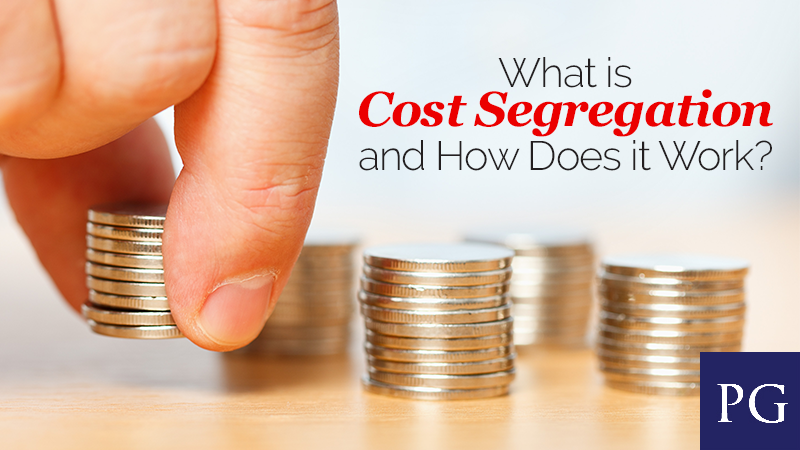Cost segregation breaks your real property into its components, some of which you can depreciate much faster than the typical 27.5 years for a residential rental or 39 years for nonresidential real estate. When you buy real property, you typically break it into two assets for depreciation purposes:
• land, which is non-depreciable; and
• building (residential is 27.5-year property; nonresidential is 39-year property).
With a cost segregation study, you make your property much more than a building on land. Here’s what’s possible with a cost segregation study:
• land, which is non-depreciable
• 5-year property
• 7-year property
• 15-year property
• for the remainder, 27.5-year property or 39-year property, depending on building use
With a cost segregation study, you front-load your depreciation deductions and take them sooner, but you’ll take the same total depreciation amount over the lifetime of the property.
Tax reform under the Tax Cuts and Jobs Act boosted bonus depreciation from 50 percent to 100 percent, and this new law also allows bonus depreciation on qualifying used property. Cost segregation is made to take advantage of these new law changes.
And you can apply cost segregation to rentals and offices you have had for 10 years or that you are buying tomorrow.
But if the passive activity loss rules affect your ability to take immediate rental losses, we need to run the numbers to see if you can benefit and also identify what you could do to benefit even more.
Tax reform in one of its “not beneficial to you” new law sections took away your ability to do a like-kind exchange for non-real property. Therefore, if you do a cost segregation and then later use a like-kind exchange on that property, you’ll have taxable gain attributable to everything that’s not land or 27.5-year or 39-year property.
We recently saw a cost study on a new $400,000 property purchased this year. The study enabled a speed-up of $50,000 of deductions to this year’s tax return. For this taxpayer, who was in a combined federal and state income tax bracket of 40 percent, this put $20,000 in his pocket this year.
If you would like to investigate a cost segregation study with me, please call my direct line at 954-616-8991 or email me at pedro@pedrocpa.com

